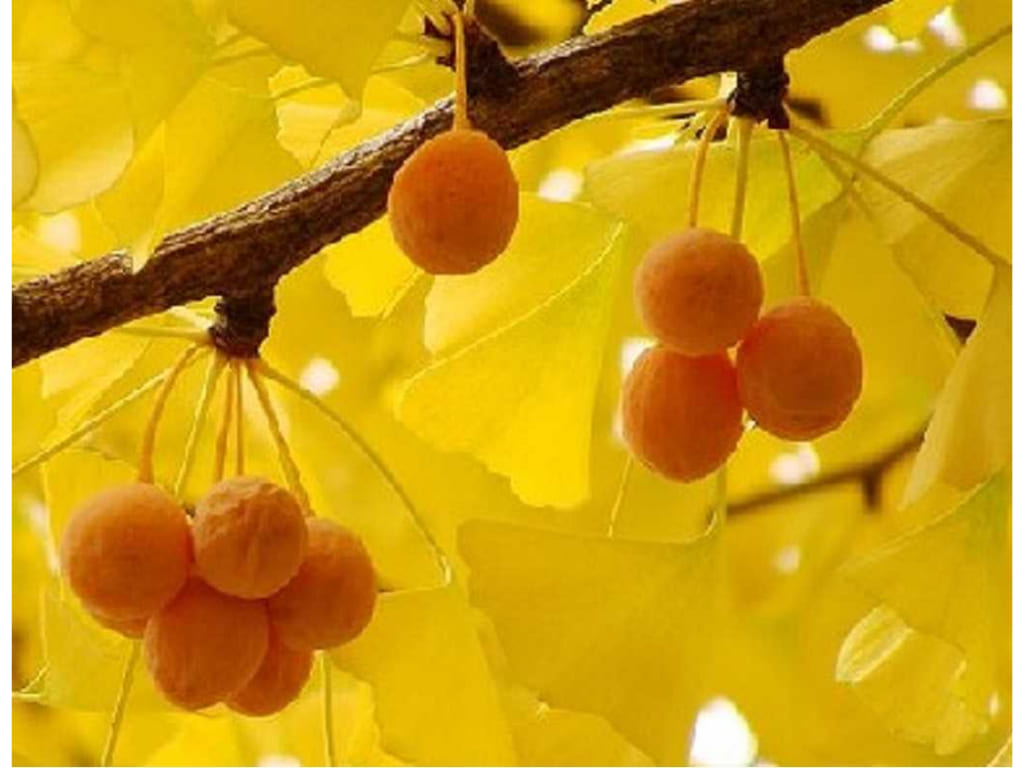The Treasure Within
One of my favorite quotes is that nature was never mute, but that man has simply become deaf. And perhaps this was inevitable, for we were weaned so early from nature’s voice, that the only thing left for us was to plunge into a world of material illusion, where the only voice we could hear was the voice of destructive ambition. And so almost instinctively we began devoting the precious span of our lives running here and there, uprooting the world in a desperate attempt to be somebody, to establish ourselves as an enduring power, within an unenduring span of life.
"Zeal without knowledge is fire without light."
This is the story most of us have inherited, and quite naturally we accept it without question. But in getting closer to nature we have started to discover an older story, one that quietly sits in the background, and the more we get beyond the soul encasing world of material illusion, the more we are able to see and hear it.
"Doing nothing is better than being busy doing nothing."
Enter the Ginkgo tree, an extremely ancient tree that only just recently made our acquaintance. It has been called by some “a living fossil, “and by others the “Father of all trees,” but for us, we like to call it “a reminder.” Because not only has this ancient tree born witness to the many cycles of human arrogance and destruction that material illusions can produce, but it has also provided us with a powerful metaphor in the form of its fruit that has helped remind us of a different story.
"Oh the difficulty of fixing the attention of men on the world within them."
The fruit of the Ginkgo tree has two very distinct qualities; it has a terrible smell, and it is rather irritating to the skin when touched. It is this fruit that often reminds us of life, because sometimes life stinks, and sometimes it stings. And just like the Ginkgo fruit, many people have trouble getting beyond the stink and sting, and never realize that there lies an amazing treasure within it all. For to go beyond the encasing of the Ginkgo fruit, is to find a wonderful and delicious nut like seed hidden within.
"The small ruby everyone wants has fallen out on the road. Some think it is east of us, others west of us. Some say, 'among primitive earth rocks,' others, 'in the deep waters.' Kabir's instinct told him it was inside, and what it was worth, and he wrapped it up carefully in his heart cloth."
What if the purpose of our sometimes awful encasing, that particular place and circumstances of birth and of life, what if these exist in order to help us in discovering that hidden treasure within?
"Destroy your house, and with the treasure hidden in it, You will be able to build thousands of houses. The treasure lies under it; there is no help for it; Hesitate not to pull it down; do not tarry!"


